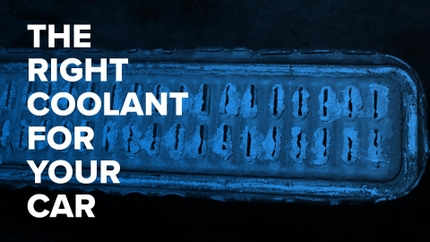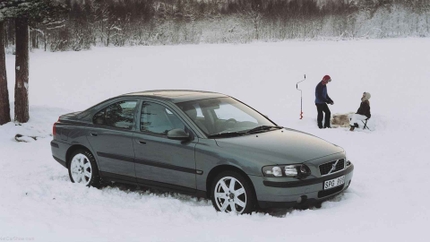- 07/21/2020
- 4 Min Read
- By: Christian Schaefer
How To Replace The Rear Shocks On Your Volvo S60 (Volvo P3 - S80, V60, V70, XC60, XC70)
The P3 Volvo has struts in the front suspension and shocks in the rear suspension. Comparatively, the shocks are far easier to replace. The job doesn't require spring removal and can be done relatively quickly with simple hand tools.
Drive through a reasonably populated town and you’ll see at least one older car with overly bouncy suspension. No, they aren’t on some trick suspension, they’re riding around with blown shocks. The shock’s job is to control the spring. The spring naturally wants to keep bouncing to its the shock’s job to dampen that effect, keeping it controlled.
Volvo models and years applicable:
|
|
|
|
|
|
Symptoms of failing Volvo rear shock absorbers:
- The shock absorber is covered in fluid
- The rear of the car is very bouncy
- The rear of the car squats a lot during acceleration
- A clunking noise while going over bumps
Your car’s shock absorbers, also known as dampers, are used to control the springs. They limit how much the springs can compress and stretch as well as how quickly that. Without an effective damper, your car’s springs will become cartoon-like, bouncing, and swaying freely and easily.
The lack of damper will also effect how the car will react to certain driving situations. A reduced damping effect in the rear of the car leads to instability under hard braking and cornering.
The shocks will reach the end of their lifespan between 80,000 and 100,000 miles. If you have more miles than that on the original dampers, we would suggest replacing them with a set of new ones.
How much does it cost to replace Volvo rear shocks?
We offer several different choices of shocks for the P3 chassis Volvos. The cheapest pair of shocks will run $77 a corner. Beyond that are several other choices up to $144. You will need two shocks for this DIY, so be sure to grab two of whatever you choose.
Volvo will charge you more if you buy the shocks directly from them, plus you’ll be paying the labor to install them. The cost of the job from the dealership could easily double the DIY cost.
How long will it take to replace Volvo rear shocks?
Not long at all. The mounting bolts for the shocks are all very accessible without having to remove anything else. Only four bolts are used to secure them into the car, making for quick removal and installation. Set aside an hour to give any rust penetrant you might need to use to soak on the bolts. If your bolts aren’t rusty, the job can be completed in around thirty minutes.
Tools needed to replace Volvo rear shocks:
- 18mm Socket
- 19mm Socket
- 10mm Socket
- 13mm Socket
- Breaker Bar
- Hammer
- Torque Wrench
- Floor Jack
- Jack Stands
- We do NOT recommend using Harbor Freight jack stands at this time due to the recent recalls because of spontaneous failure. These jack stands are a good cost effective and safe alternative.
Parts needed to replace Volvo rear shocks:
Steps required to replace Volvo rear shocks:
Step 1: Remove the wheel
Jack up the car and place it on jack stands. Use a 19mm deep socket on an impact wrench or breaker bar and remove the lug nuts from the wheel. Then, pull the wheel off and set it aside.
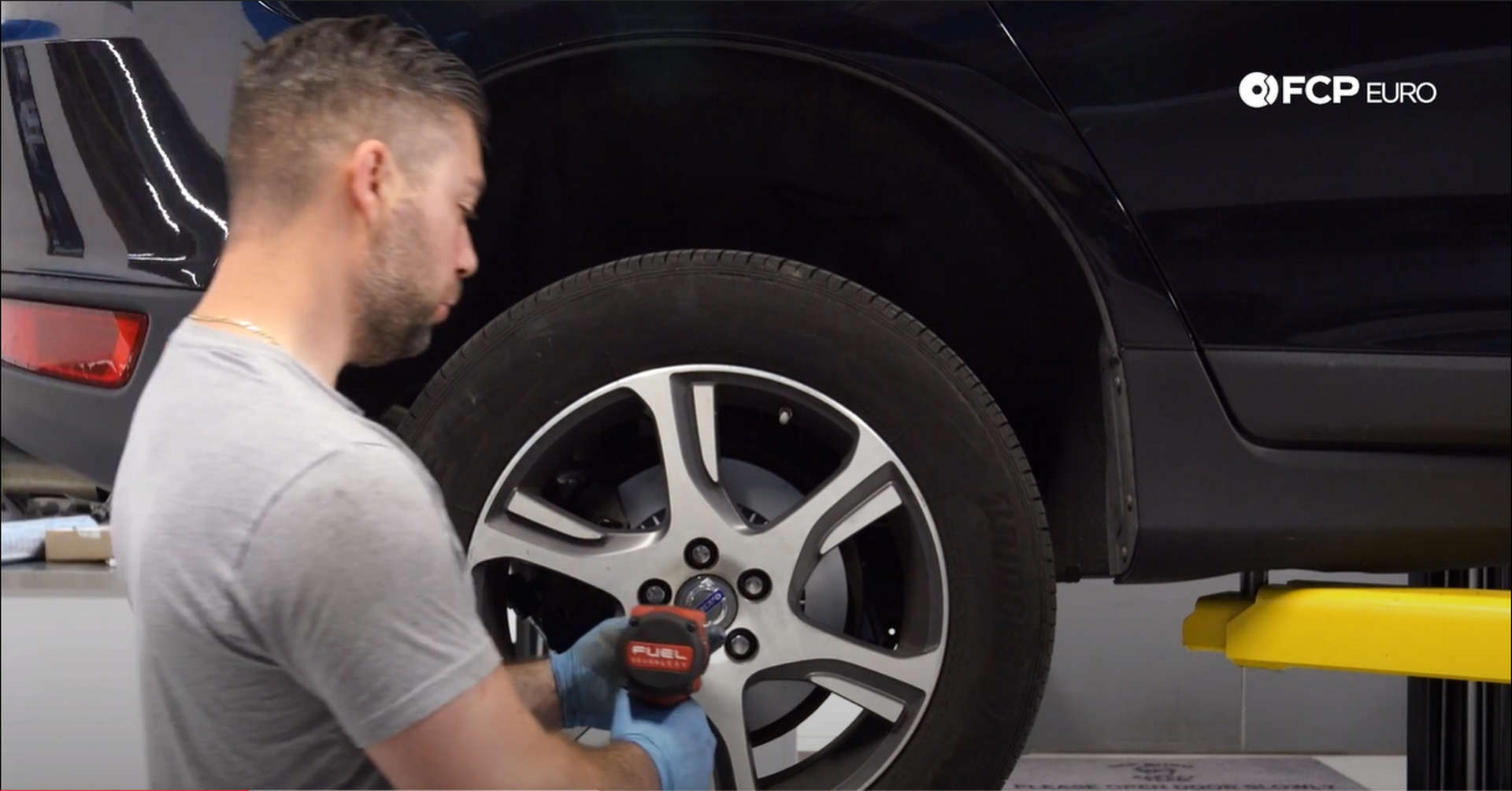
Step 2: Remove the shock mounting bolts
Use an 18mm socket on an impact wrench or breaker bar to remove the lower shock mounting bolt.
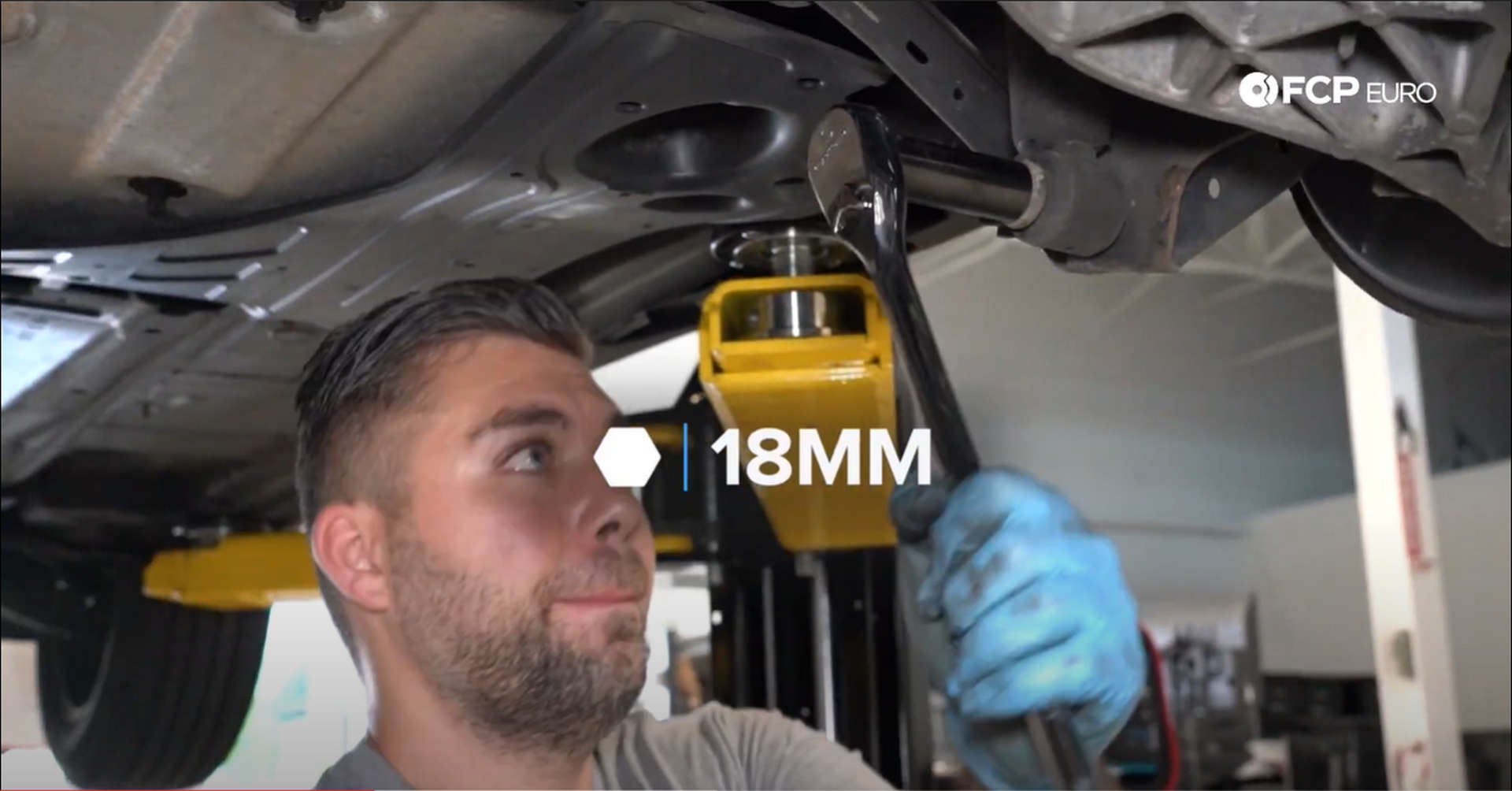
Next, use a 10mm socket and remove the two strut mount bolts. If these bolts are rusty, use a hammer to tap the socket onto the bolt heads to ensure the socket fits on snugly.
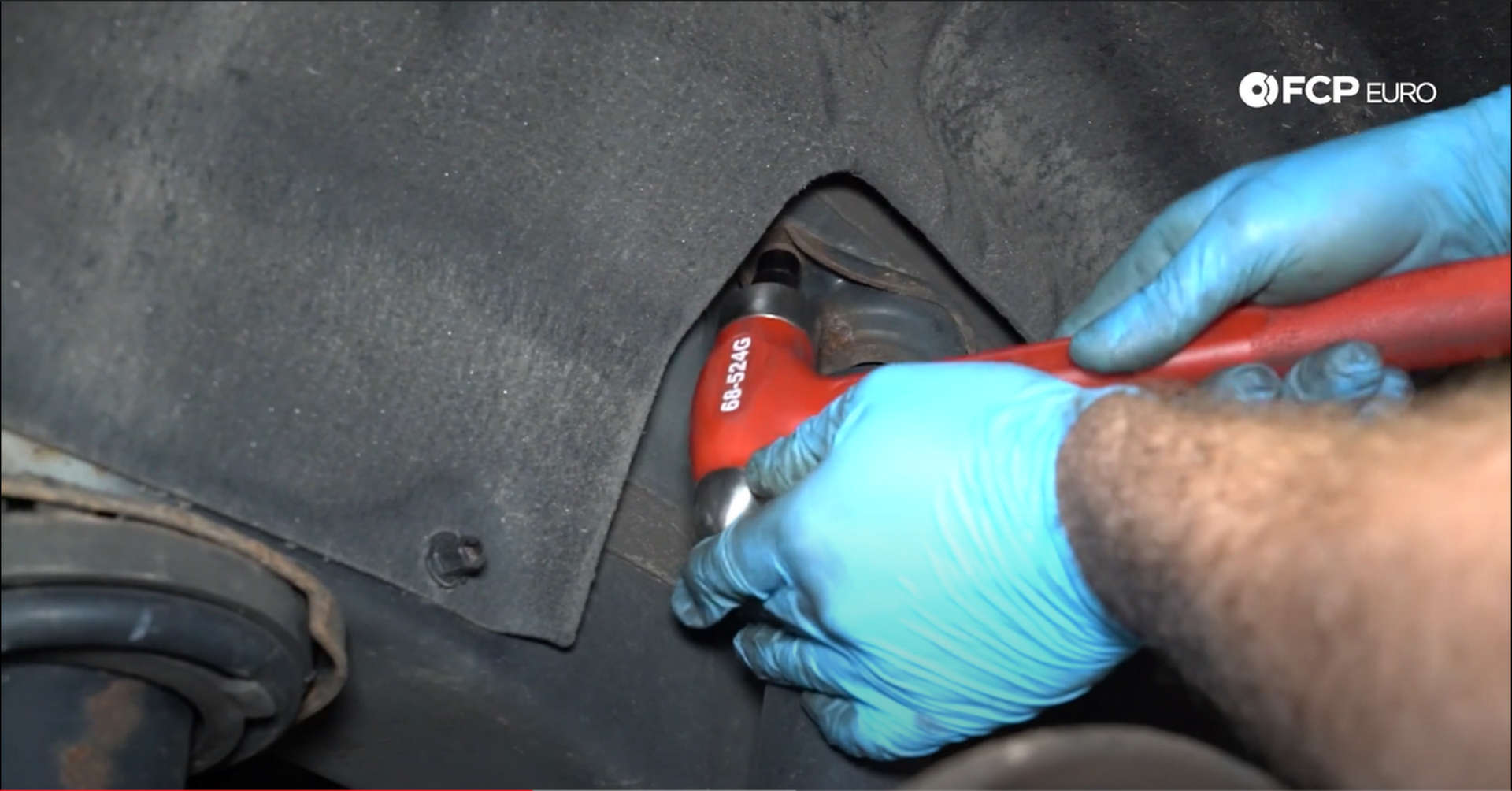
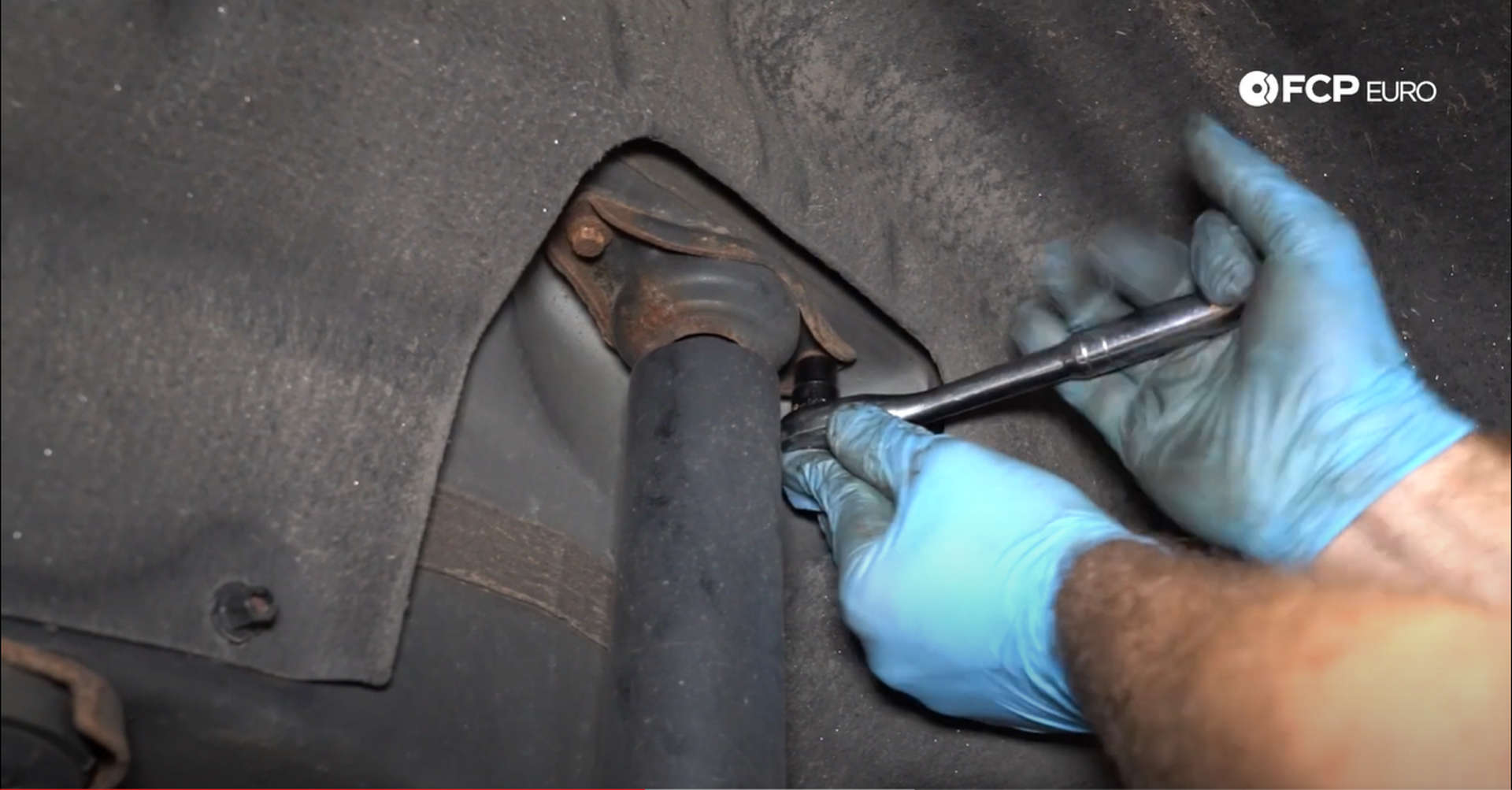
Hold the shock and go slowly as you remove the last shock mount bolt because the shock will fall out of the chassis.
Step 3: Install the new strut mount
Slide the new shock mount over the stud on top of the new shock with the rubber side facing upward. Use the old shock and mount as a reference to get the proper orientation of the shock mount in relation to the lower mounting ear. Use a 13mm wrench to tighten the nut securing the mount to the shock.
![DIY Volvo Rear Shocks installing shock mount nut]](https://images.contentstack.io/v3/assets/blta5fd5c563cb3dbc3/blte0dfc70d9cc09e3e/65cb3bd88a4d038fb3669448/05_DIY-P3-Rear-Shocks-installing-new-shock-mount.jpg)
Step 4: Install the new shock assembly
Slide the new assembly up into the chassis and thread in the strut mount bolts but don’t tighten them. Then, thread in the bottom 18mm bolt and tighten it down.
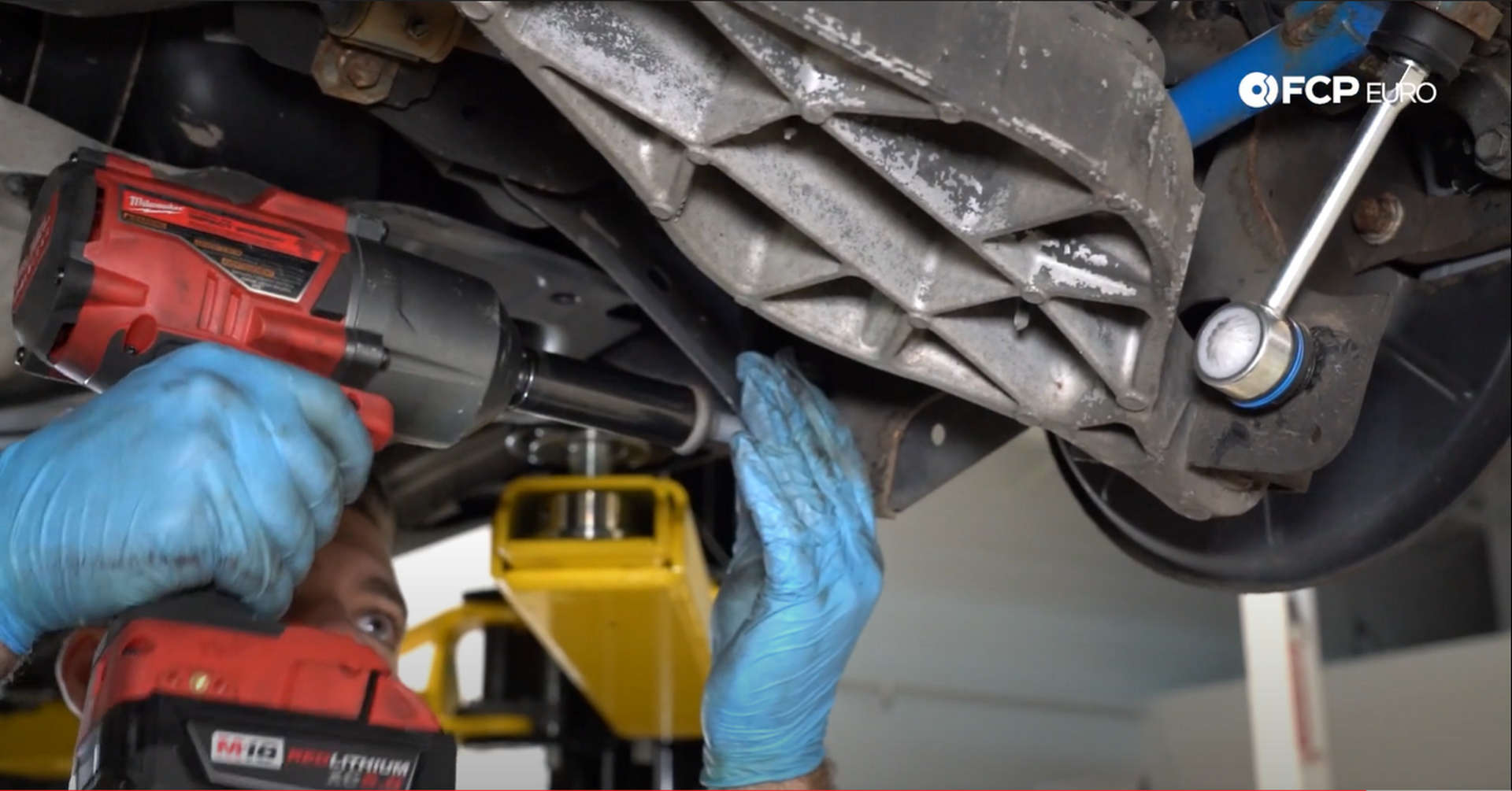
There are two versions of the lower shock bolt. Early cars have a bolt with the part no. 999491, and they get torqued to 175Nm. The later cars have a bolt with the part no. 30624310, and they get torqued to 150Nm.
Fully tighten down the shock mount bolts after the lower bolt is torqued. Torque the shock mount bolts to 30Nm.

Step 5: Refit the wheel
Set the wheel back onto the lugs and tighten down the five 19mm lug nuts. Jack up the car, remove the jack stands, and set it onto the ground.
Volvo Rear Shock Replacement Torque Specs:
- Early-model Volvo Lower Shock Bolt = 175Nm or 129 ft-lb of torque
- Later-model Volvo Lower Shock Bolt = 150Nm or 110.6 ft-lb of torque
- Volvo Shock Mount Bolts = 30Nm or 22.1 ft-lb of torque
Just like that, your rear suspension is back to full health. The clucks are be gone and the ride is smooth once more. If you’re interested in more DIYs for your Volvo, you can visit volvo.fcpeuro.com and subscribe to our YouTube channel.







